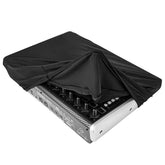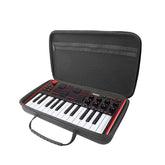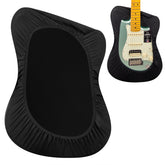Mastering Legato Technique: Essential Tips for Piano Players
Legato is the most commonly used piano playing technique, and it is essential for producing beautiful melodies.
What is Legato?
Legato refers to the connection between notes, usually indicated by slurs or legato markings. The legato technique in piano playing is necessary for expressing the musical needs of a piece. When composers mark legato or indicate slurs in the score, it signifies that these passages require special treatment.
Techniques for Playing Legato:
1. Finger Placement for Singing Quality: When practicing legato, it's important to ensure that the fingers touch the keys with a soft fingertip rather than the fingertip; maintain a steady height of the fingers close to the keys; and slow down the speed of finger movement to produce a soft, singing quality. The term "singing quality" in music refers to the beauty and emotional resonance experienced when singing.

2. Attention to Weight Transfer: While practicing legato, the fingers, palms, wrists, and forearms should all adapt to the transfer of weight smoothly. For passages with larger leaps, the entire body should also move in the direction of the notes to avoid incorrect posture or hand gestures.
3. Stable and Elastic Wrist Movement: During legato practice, the wrist should remain stable and elastic without excessive up-and-down movement. When playing, mentally sing along with the music while maintaining contact between the fingers and the keys to produce a more pleasant tone.

4. Mastery of the Gaps between Notes: Identifying the gaps between notes is crucial when playing legato. What is the appropriate distance between each note? This requires judgment based on listening and reflection. Notes should not be too close together, as this can create a sense of sticking; nor too far apart, as this can lead to a different playing style—staccato.






